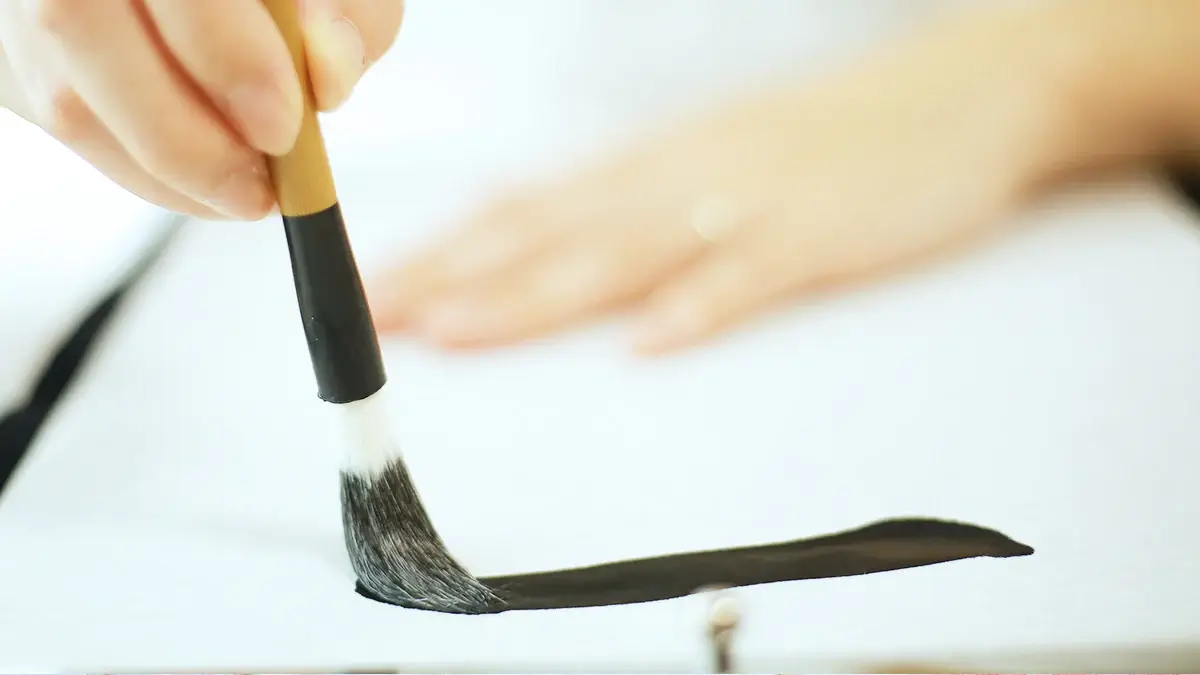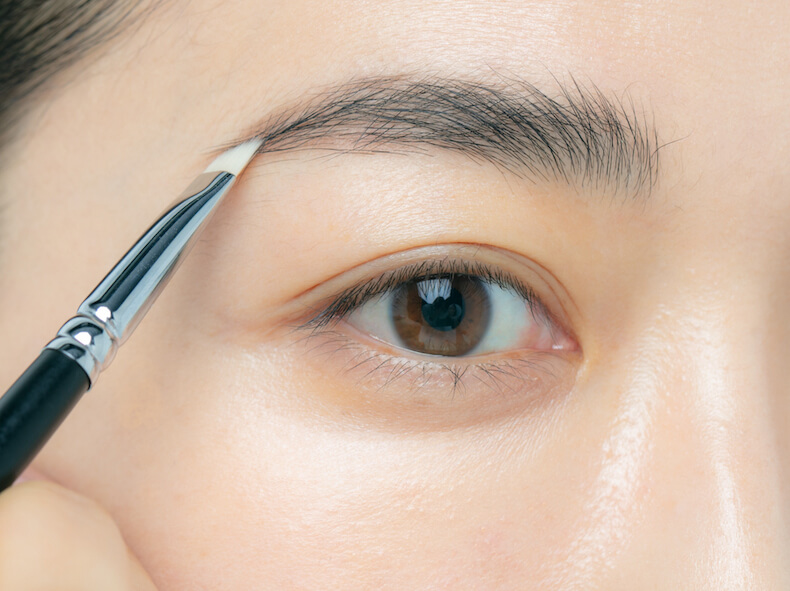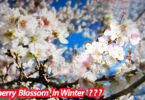Is Fude (Ink Brush) used now?
Frankly speaking, I forgot how to use the “Ink brush” (Fude in Japanese) now to write something since we havn’t used the Fude for nearly over fifty years although we learned calligraphy in my pupil days at the primary school.
As you can imagine, pencils and ball‐point pens are uselly used at the school, and then computer has been the main tool to write at work and at home as well.
Hi everyone how is it going? So I’d like to talk about Fude (Ink Brush) today although it has gone out of use nowadays almost completely.
But Fude is one of traditional way of writing since olden times and I’d like to take up it.
A calligrapher slides his ink brush across a white sheet of paper. With these fluid brush strokes, various characters are formed・・・some bold, others gentle.
Ink brushes are essential for calligraphy, the art of stylized writing, common writing tools in Japan, they’re simple objects, usually made from animal hair bundled together and fixed to a shaft.
In Japan, there’s a tradition called kakizome-literally “first writing”, which is observed at the beginning of the year.
People express their New Year’s resolutions or prayers in calligraphic form. This has been a part of Japanese life for centuries.
Brushes are thought to have been invented 3,000 years ago in China. They were introduced to Japan around the 6th century, along with China’s writing system.
During the 8th century, many Buddhist texts were brought from China to Japan. Japanese monks copied them copiously to absorb Buddhist teachings.
Around the 10th century, some of the Chinese kanji characters were simplified and evolved into a uniquely Japanese syllabic script called kana.
As kana developed, the shape of writing brushes improved. Brush tips were lengthened, facilitating the writing of kana that were suppler and slenderer.
Fude’s history
Let’s visit a workshop to see how brushes are made. The tips of calligraphy brushes are usually made from a mix of hair of various types and lengths. Each tip is specifically blended to achieve the disired effect.
The first task of brush-making is to choose and inspect the various types of animal hair to be used. During this process, the hairs are divided into groups, depending on which part of the brush they will be used for.
Any damaged hairs are scrupulously removed, leaving only those in perfect condition. Hairs of different groups are then mixed together, and irregular hairs are weeded out.
This process is repeated until all the hairs are perfectly aligned. Particular care is given to those at the very tip, that users can execute subtle movements like sweeping strokes and sharp upward finishes.
Including the meticulous work of this nature, it takes from 10 days to a month to produce a beautiful ink brush.
The ink brush-making techniques are now being adapted for different uses.
These are cosmetic brushes. Japanese cosmetic brushes are popular not only in Japan but overseas as well. The hallmark of these brushes is the smoothness of the hairs against the skin.
Japan’s traditional brush-making skills know no bounds. They’re finding new applications which are spreading around the world.
How about trying to write something with the Fude one time?











